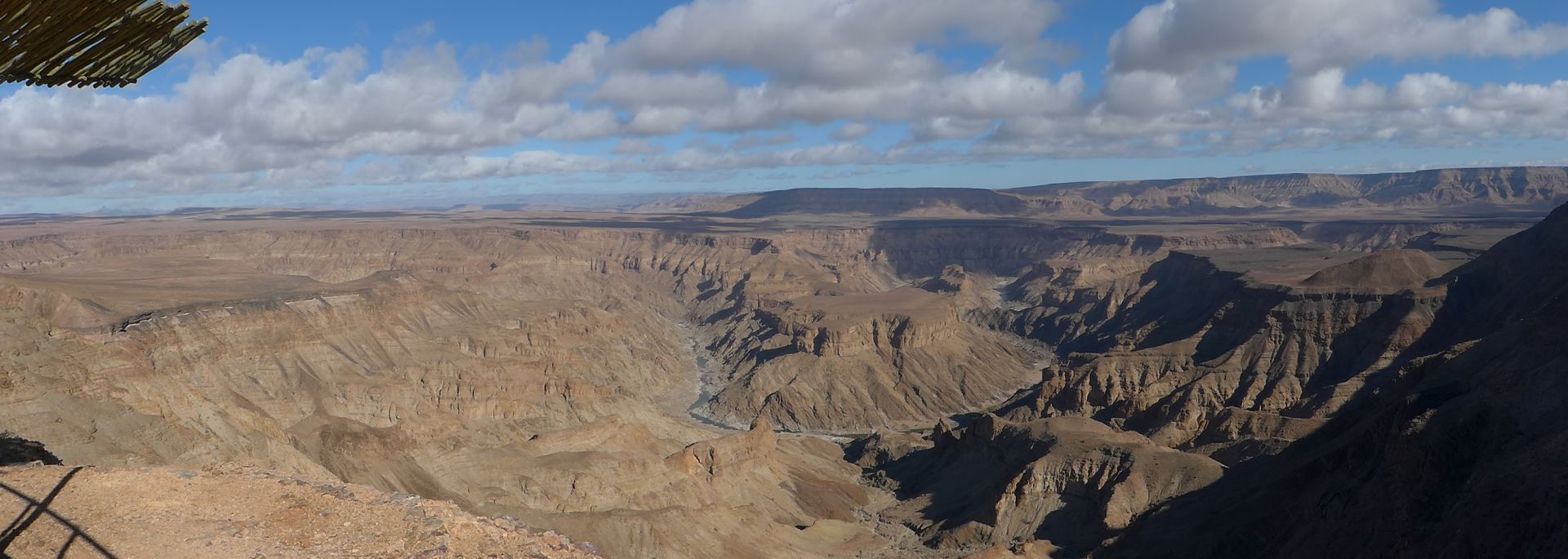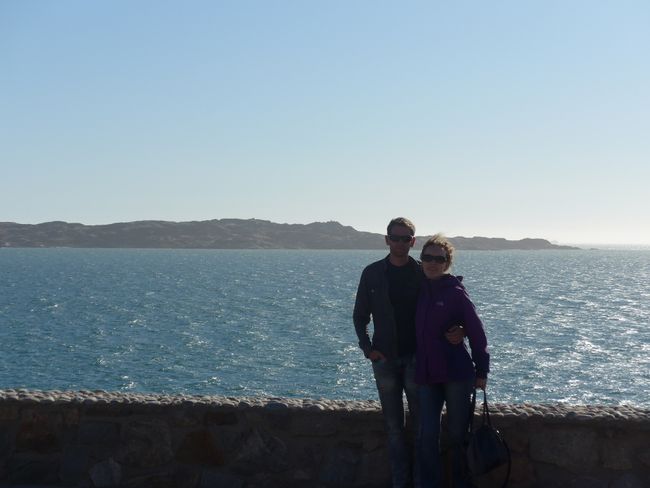Great Ocean Road (Australia Part 13)
প্ৰকাশিত: 30.10.2018
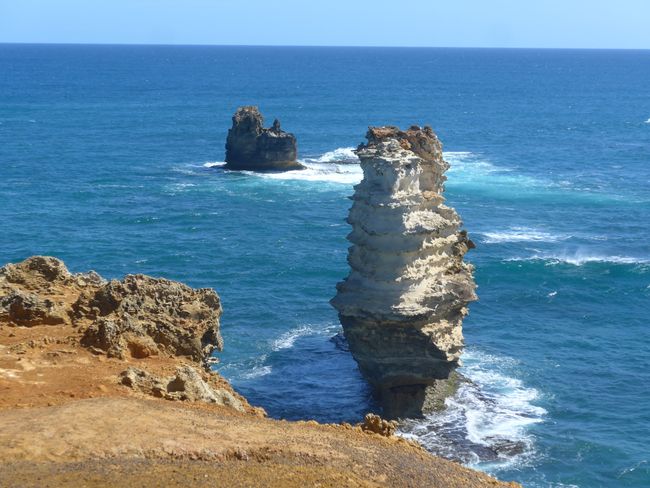

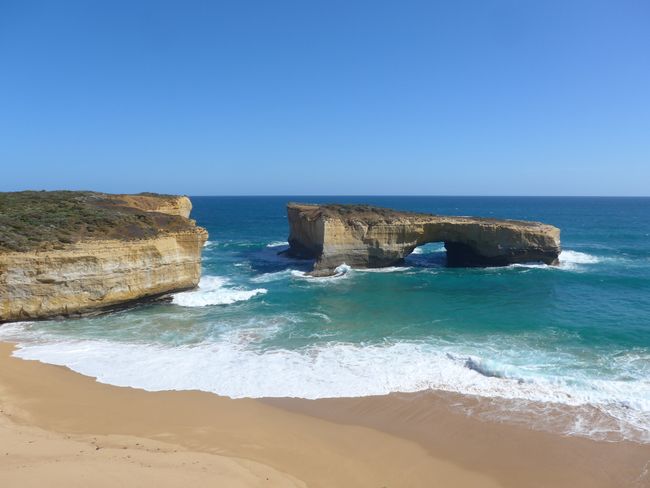
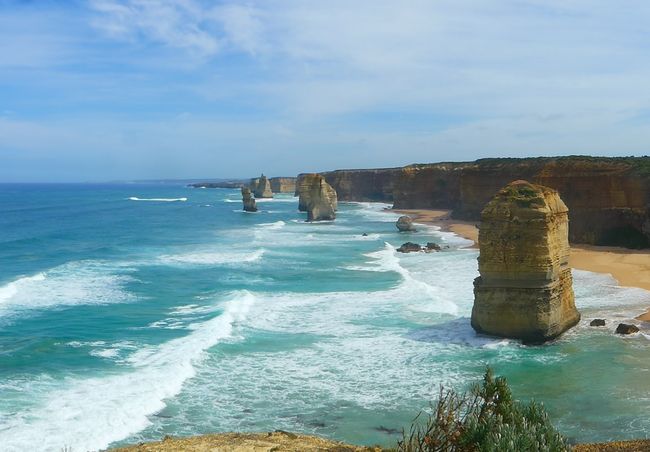
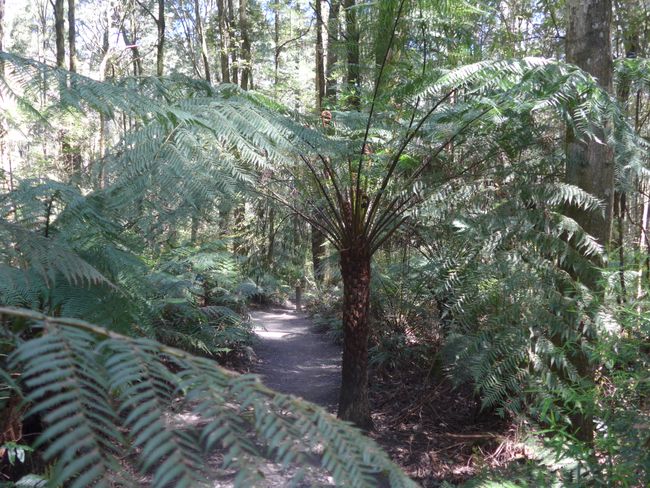
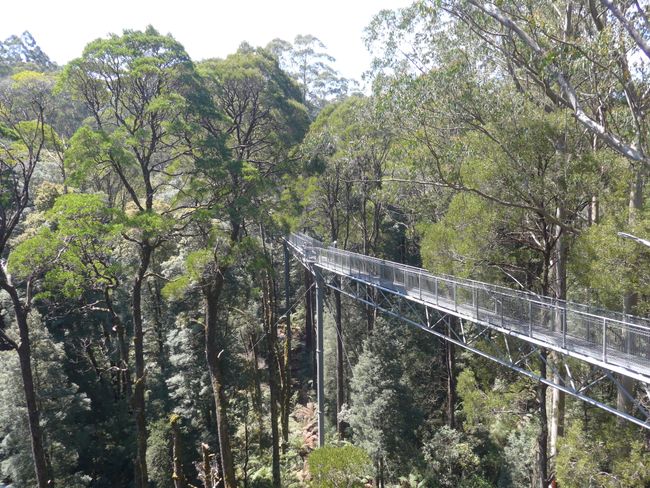
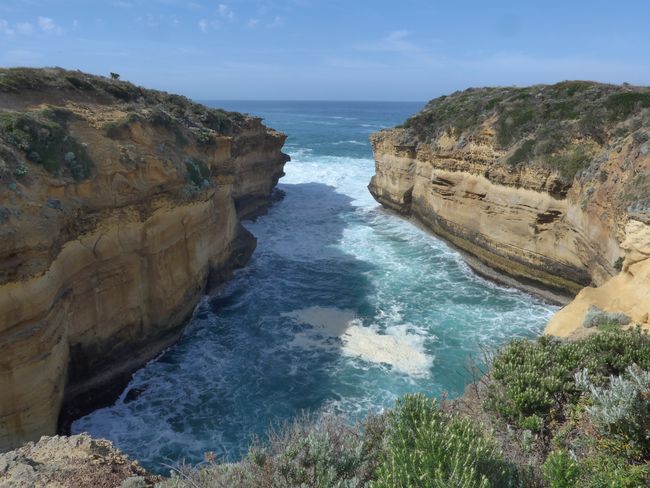
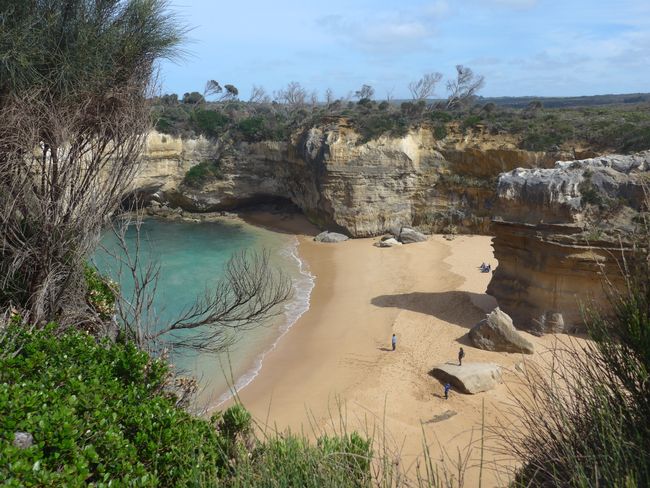
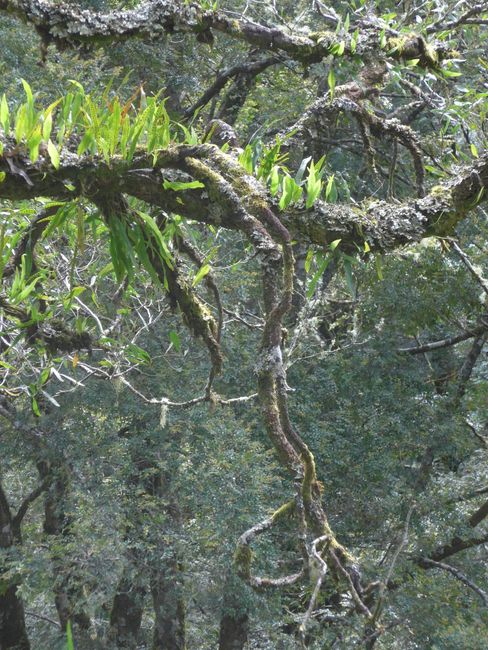
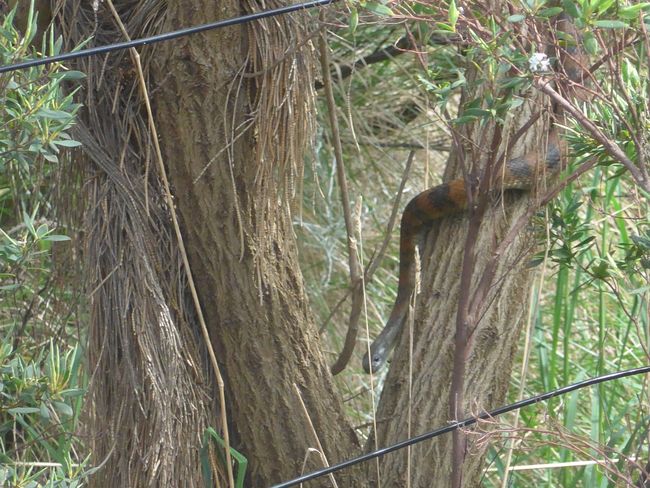
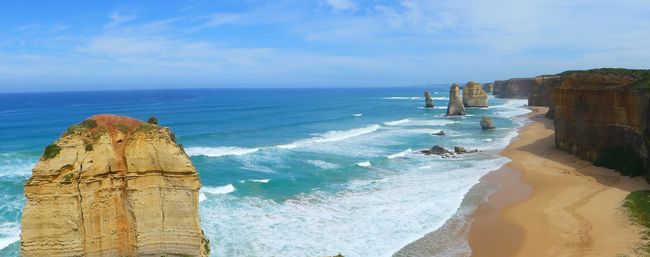
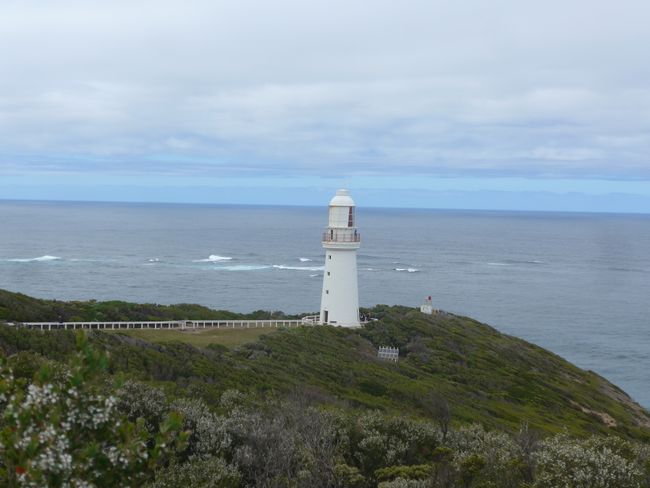

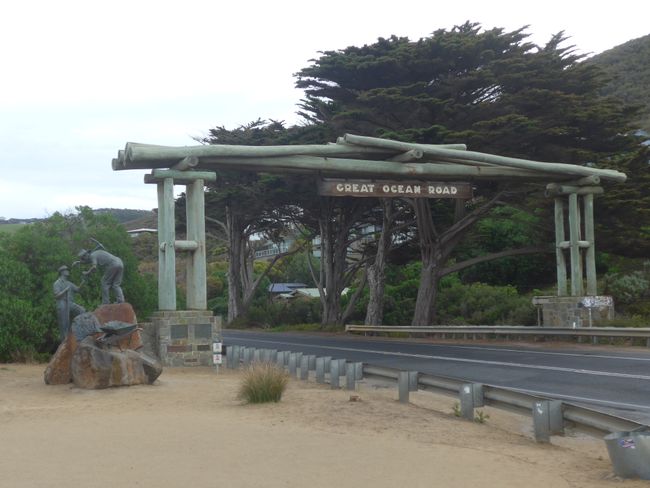
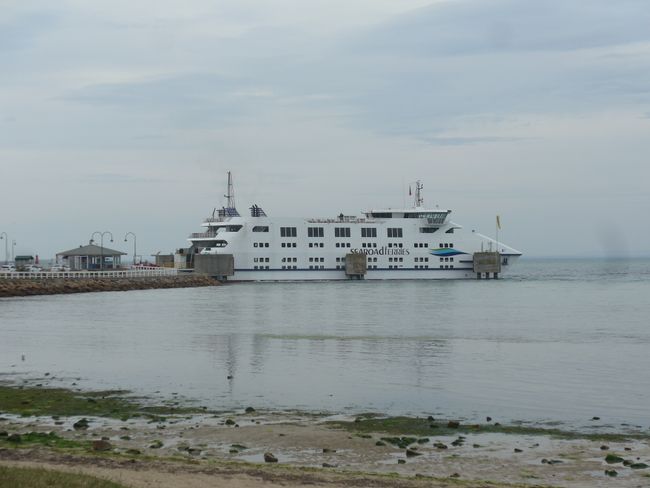
নিউজলেটাৰ চাবস্ক্ৰাইব কৰক
The Great Ocean Road runs along the south coast of Victoria from Warrnambool 253 km towards Melbourne.

There were initially various remarkable rock formations along the sandstone cliffs, for which someone had thought of more or less appropriate names.


We also passed the 'Thunder Cave', whose name became understandable as we approached. The water flowed through a narrow passage into an even narrower cave and actually made noise like thunder.
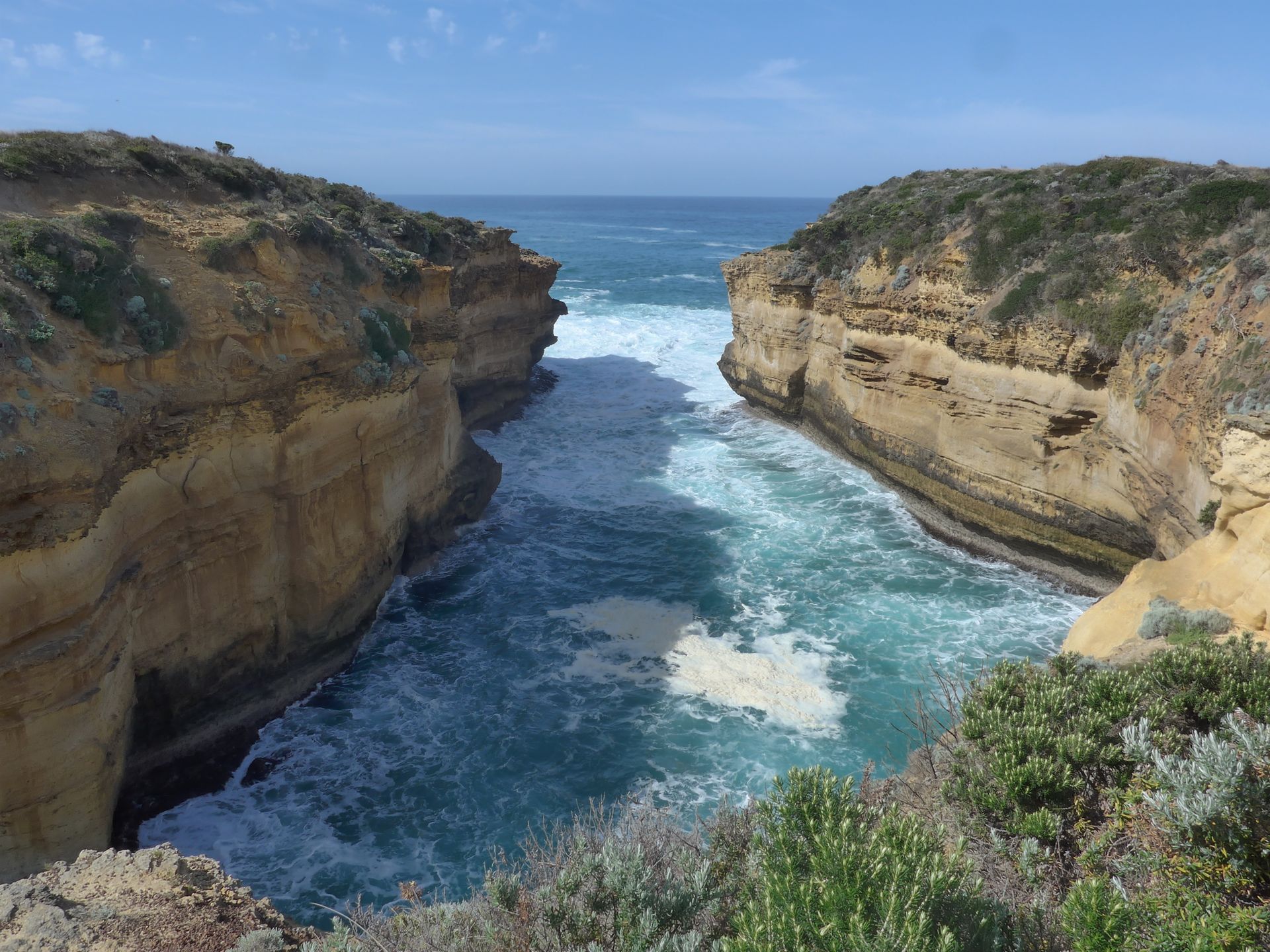
The 'Loch Ard Gorge' was named after a ship that ran aground there. It arrived from Great Britain to Australia in 1878 and was supposed to arrive in Melbourne the next day. After the passengers had already celebrated the end of the journey in the evening, it sank in the fog during the night. Of the 54 people on board, only two survived.

This section of the coast is also called the 'Shipwreck Coast'. More than 200 ships have been wrecked in these waters.
The most famous viewpoint is the '12 Apostles', which was immediately noticeable at the parking lot: it was huge and therefore not placed on the side facing the coast. You could get there through an underpass, where you were warned in English and Chinese about the dangers of the area, such as the risk of falling and poisonous snakes.
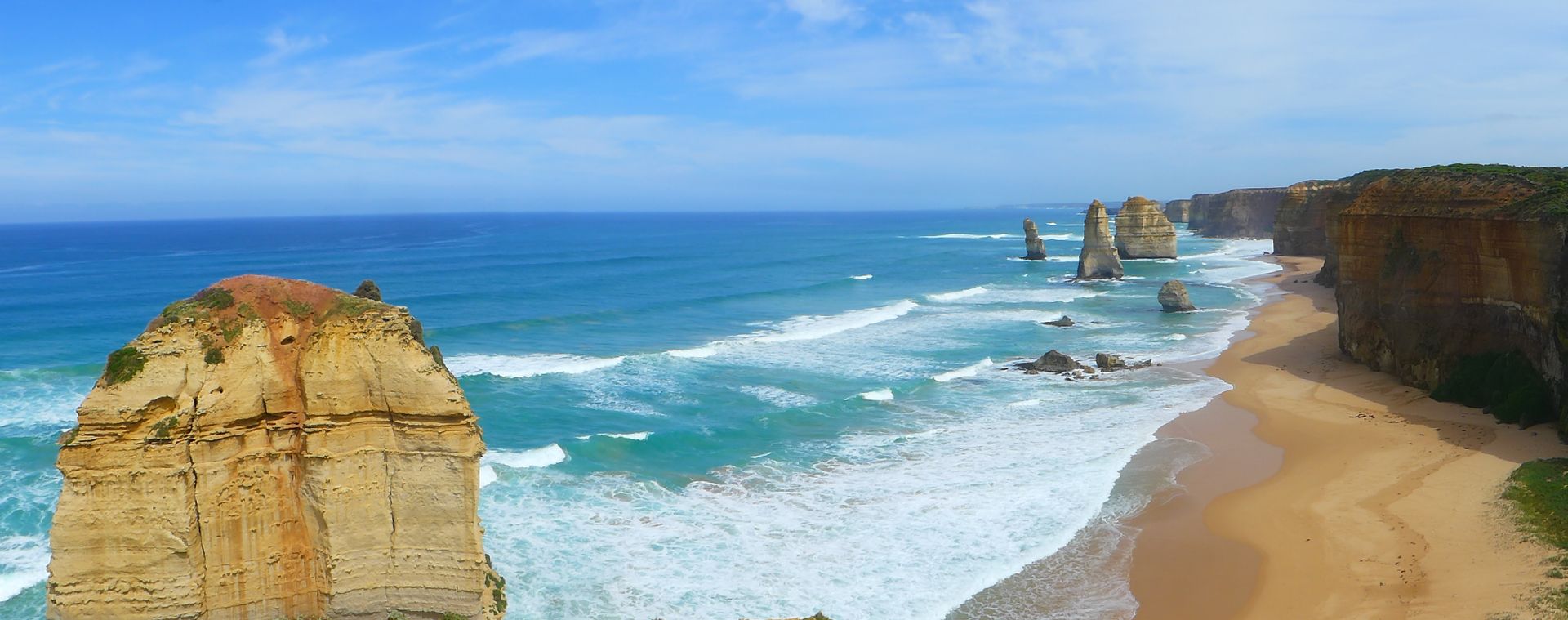
Actually, we also saw a snake by the roadside (but only because we were alerted to it by the crowd of people around it). The tiger snake (as we determined after extensive research on venomous snakes in Victoria) quickly disappeared in the other direction in the presence of the people admiring it.

The lookout platforms were crowded with people. We couldn't spot nine apostles anymore - three have already collapsed some time ago.

Afterwards, the Great Ocean Road led inland a bit and we decided to take a detour to 'Otway Fly Treetop Walk', a treetop path in the rainforest.

In the Otway National Park, some patches of the original temperate rainforest have been preserved. Huge eucalyptus trees and tree ferns several meters high could be seen from below and then from above.

On a 30-meter-high walkway, we walked along the upper level of the rainforest and were able to climb up to the highest treetops on a 47-meter-high viewing platform.

After staying overnight in Port Campbell, we also stayed in Apollo Bay, which gave us some more time to explore the Great Otway National Park with the rainforest walk at Maits Rest and the lighthouse at Cape Otway.
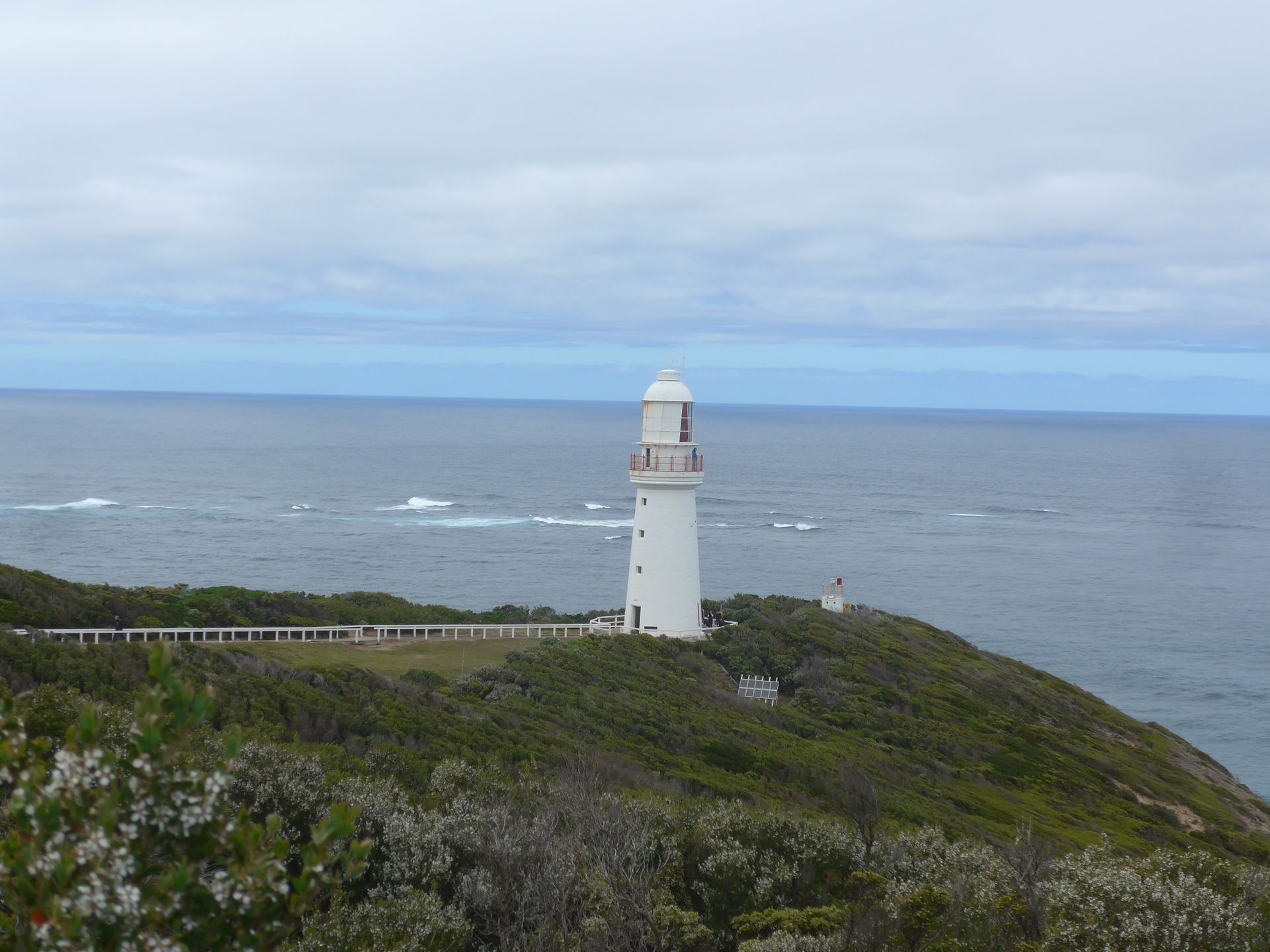
At Kennett River, we made a short stop to walk along a road with many eucalyptus trees, where koalas are usually found. We then discovered three animals, two of which were naturally asleep.
The parrots were much more lively, apparently being fed at the adjacent campsite. First, they flew just above our heads, and eventually some very trusting specimens even sat on our shoulders and heads.
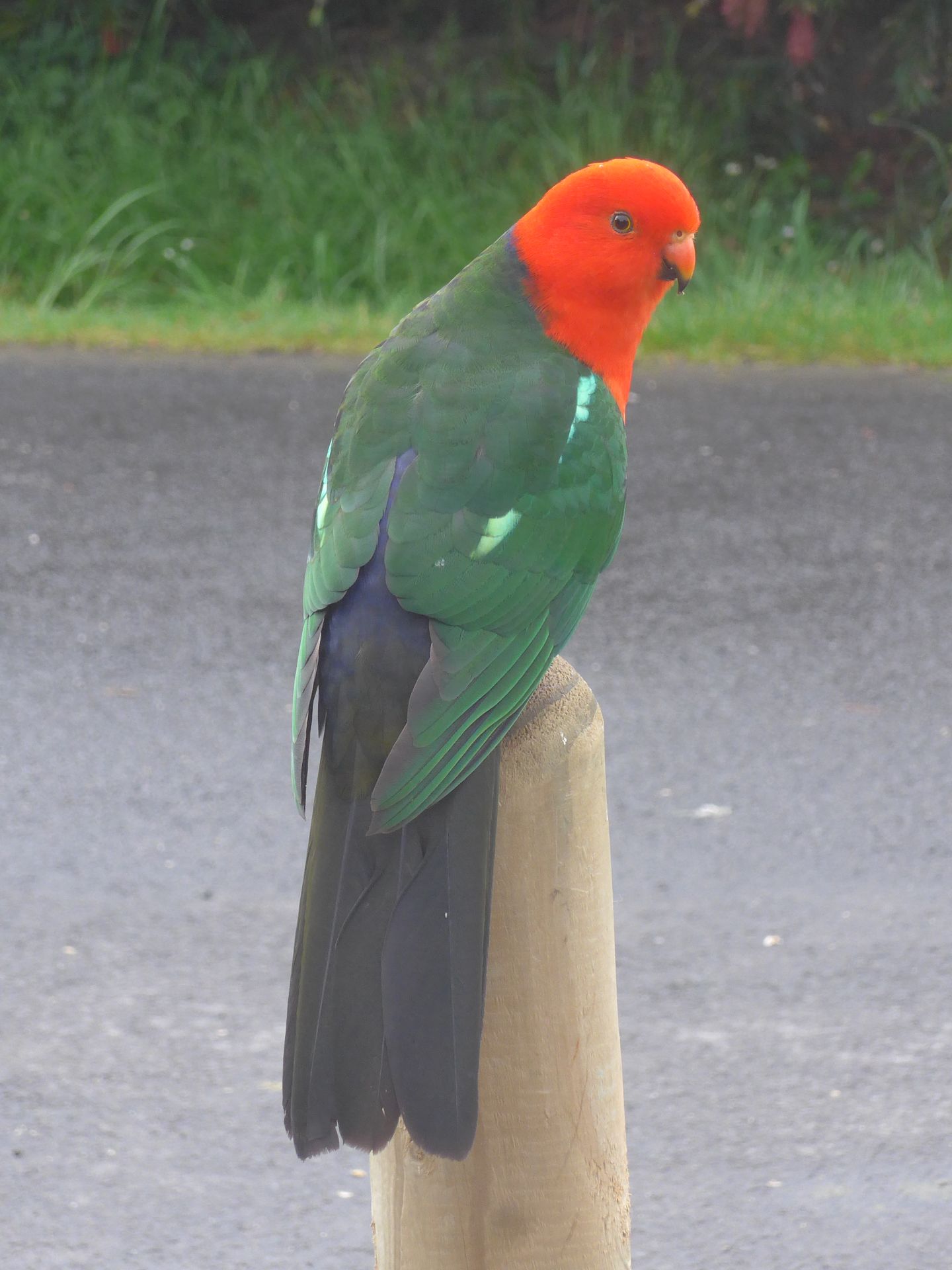
Finally, the Great Ocean Road became significantly curvier and ran right by the water. There were also several construction sites that slowed down the journey. As we had already seen in the USA and Indonesia, there were two workers carrying signs who could turn their warning signs to 'Stop' or 'Slow' and stood on each side of the construction site. This is certainly one way to create jobs... The construction of the road itself was a measure to provide employment for returning soldiers from World War I. This was commemorated by an arch erected at the eastern beginning of the road.

We continued driving until Queenscliff and took the ferry to Sorrento, the oldest settlement on the mainland in Victoria with some beautiful old houses. We finally arrived at the pier 15 minutes before departure - in the meantime, we had become nervous whether we would make it to the ferry with the traffic and the construction sites...
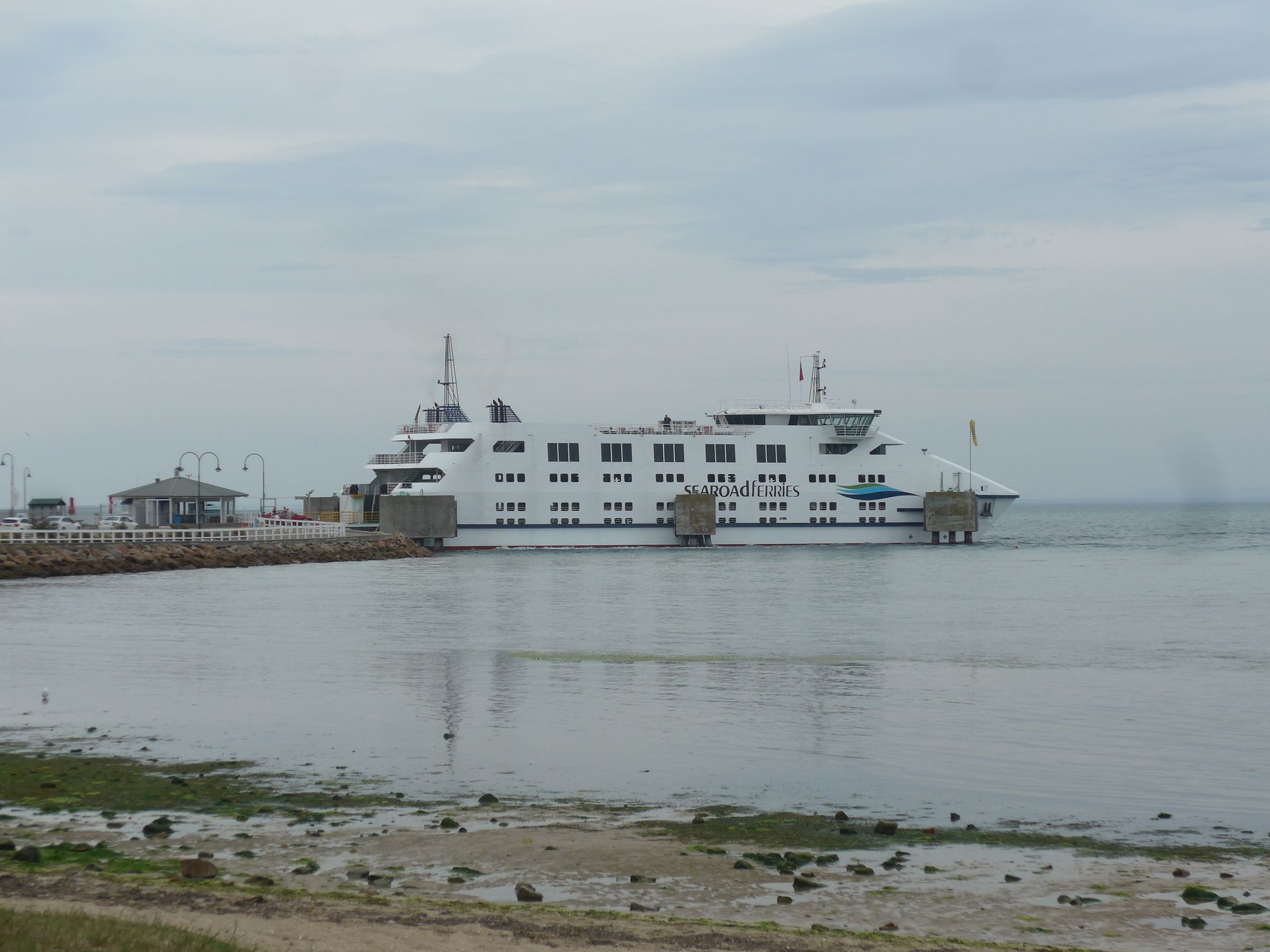
Fittingly, we then went to the pizzeria there before continuing to our hotel in Flinders on the Mornington Peninsula.
নিউজলেটাৰ চাবস্ক্ৰাইব কৰক
উত্তৰ
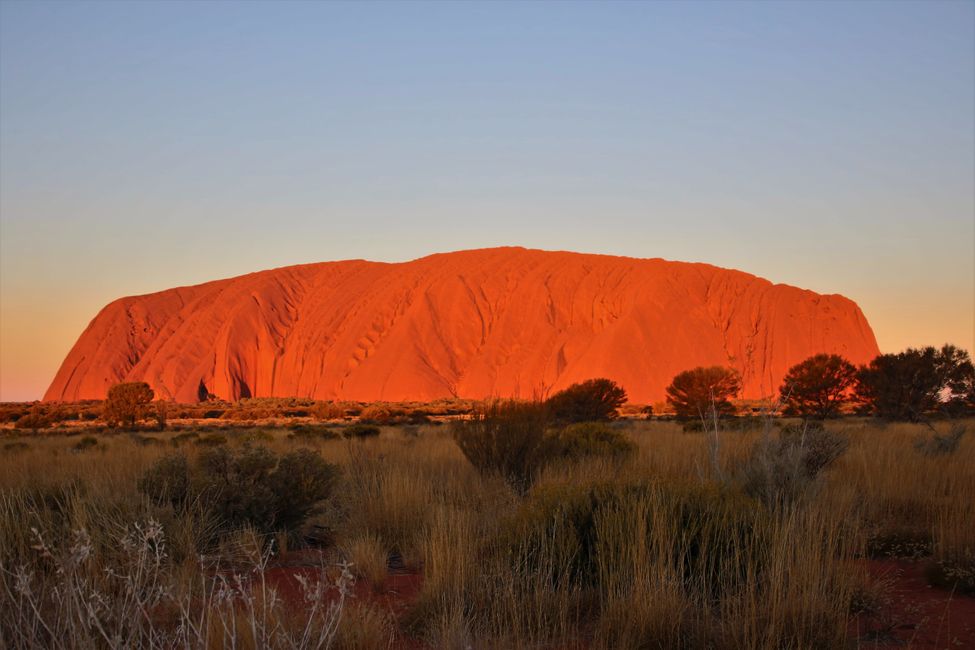
ভ্ৰমণৰ প্ৰতিবেদন অষ্ট্ৰেলিয়া
